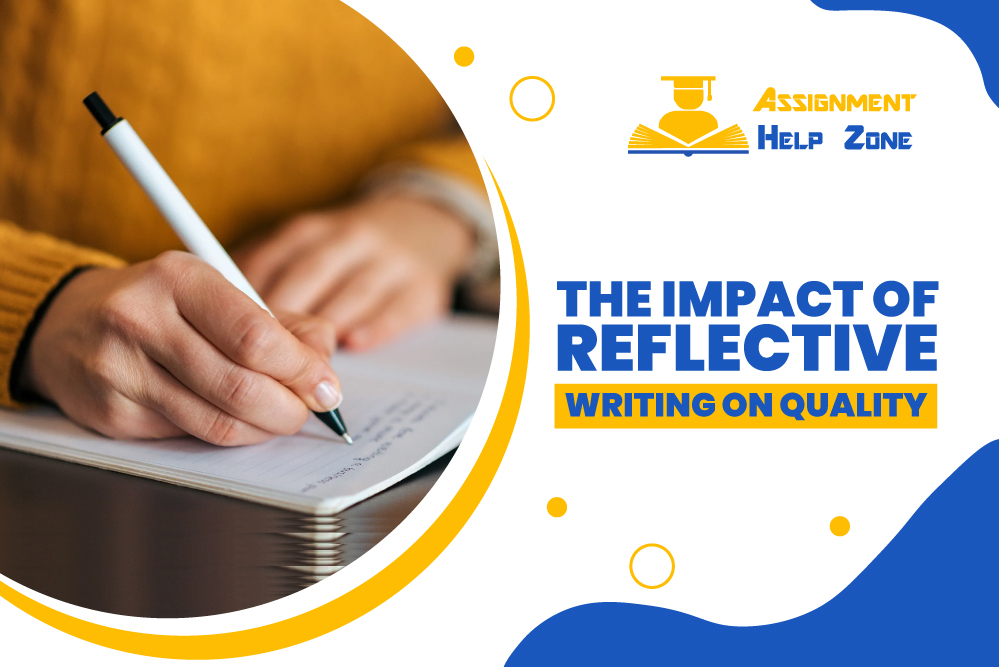We’ve been teaching English for over a decade, and in that time we’ve learned a lot about how language works. One thing that can be confusing to students is the difference between techniques and strategies. You may have heard the term “strategies” before—it’s used by teachers who want their students to learn how to think about writing, rather than just memorize grammar rules or memorize vocabulary lists. But what exactly are these language techniques? And why should we use them?
In this post, I’ll explain what these terms mean. And show you some examples of how they benefit in assignments so your students can understand better too!
Also, if you are a marketing student who is struggling with marketing papers, reach out to our marketing assignment help. We have professionals on board who deal with everything from research to write-up and delivery.
No more patience, let’s begin
Vocabulary
Vocabulary is the key to a good essay. It can make your writing more interesting, and it may even help you persuade people of your argument.
In this section, we’ll look at how vocabulary can make your writing more persuasive.
When we’re writing an academic assignment, it’s important to make sure that we’re using the correct vocabulary. This can help us avoid confusion, and it can also make our work more persuasive.
Let’s say you want to write about “the importance of language.” If you write “the importance of language” instead of “the importance of language,” then people will think you’re talking about something else. They won’t know what your point is. If you write “language is important,” then people will be able to see immediately what you mean.
So try using some different words when you’re writing an academic assignment!
Parenthesis
Parenthesis can be used to give extra information that is relevant or not.
In the example below, we have given three examples of how parenthesis can be used:
- The first example is about giving extra information that is relevant. This means you are telling your audience something they may not know already but it would help them understand what you are trying to say. This can also be done by using brackets such as “parenthesis”.
- The second example of parenthesis is when someone uses their own words and phrases in a sentence so they can make a point faster or easier than if they were just directly stating it out loud (without any pauses). For example: “I was tired” – paraphrased into “Tiredness makes me want/need coffee”.
- Lastly, we have another use for this symbol called “Boldface”. Boldface means that whatever text follows will stand out from other text within the same paragraph. Because it has been italicised/underlined etc. This makes everything else appear less important compared with these highlighted sections which might contain some key information about your topic matter.
Rhetorical questions
Rhetorical questions are to emphasise a point. And they can be used in many different ways. You can ask rhetorical questions to make a point or to ask a question.
When you’re asking rhetorical questions, it’s important that you understand what your audience will respond to positively or negatively depending on their answer. If the audience answers positively, then this means that they agree with what you’ve just said (or what has been said).
However, if there is no response from the audience at all—if they don’t say anything at all—then this means that they disagree with what was just said (or perhaps even contradict themselves).
So when writing persuasive essay content, use rhetorical devices like “who,” “what,” “where,” and “why” within each paragraph structure as well as throughout the whole essay.
Imagery
- Imagery is the use of words to create a mental image.
- Visual imagery is the most effective type of imagery, as it involves using sight and touch instead of just sound.
- Examples: “I’m imagining that I’m holding my favourite red shirt in my hands,” or “I can see myself sitting at my desk with this book open.”
Similes
Similes are comparisons of two, unlike things. For example, “a cat is a cat” means that cats are just like other cats (they have similar characteristics). Here’s another example:
- A pencil is a pencil. You can sharpen it to write with, broken into pieces for small tasks (like making sure your students have their homework), and maybe even use it as a weapon if you’re really angry at someone who broke your favourite pen!
- A car is a car! You can drive it around town or use it as an accessory when taking out the trash or going grocery shopping.
Metaphors
Metaphors are a great way to add depth to your writing. A metaphor is when you compare one thing with another. For example, if you’re describing something like an old house, it means that the thing has some similarities with houses that were built centuries ago.
Metaphors can help make things more interesting and interesting in their own right because they tell us something about the writer’s mind—or at least they seem like they do!
Repetition
Repetition is a great way to offer students repetition in their writing. It can also help readers remember what they’ve learned, as well as reinforce it for them. For example, if you’re teaching them about the effects of using certain verbs and adjectives in their writing (e.g., “The more they get into it, the better they do”), then you could use repetition by saying things like: “The more you practice speaking and writing…” or “If we want our students to be effective communicators…
Language techniques can have a positive impact on assignments.
Language techniques can have a positive impact on assignments.
- Use language techniques to engage the reader and make the assignment more interesting. You can use language techniques to make your writing more memorable, engaging, or interesting.
- Use language techniques to make your writing more memorable and engaging. You can use language techniques when you are revising an assignment for a grade.
What to do in order to improve language techniques?
When you’re writing an academic assignment, you want to make sure that your language is clear and precise. Here are some tips for how to enhance your narrative techniques to write great academic assignments:
- Be specific when possible. Be clear in what you’re trying to say. Don’t use generalities or vague terms—explain exactly what it is that you mean by using specific examples and evidence from the text.
- Use an active voice when possible. This means putting the subject of your sentence first, which makes it easier for readers to understand what is going on in the sentence without having to read through a whole bunch of passive voice sentences before getting there. Active voice also makes reading engaging because it’s easier for readers to follow along.
- Use short sentences whenever possible and keep them simple! Longer sentences can be difficult.
- Know what style of writing works best for each assignment (e.g., formal writing or casual conversation).
- Use different words and phrases—this will help strengthen your vocabulary and increase fluency.
- Proofread carefully before submitting an assignment—this will improve grammar and punctuation skills as well as give you some peace of mind knowing that it’s ready for submission!
- Be concise. You want your reader to understand what you’re saying, so don’t use too many words.
- Use correct spelling and punctuation for proper grammar. This will help your reader understand what you’re trying to say better!
How do improve academic assignment writing?
Writing great academic assignments is hard, and there are many ways to make it easier.
- Easy to understand
The first thing you need to do is make sure your assignment is clear and easy to understand. You can do this by providing a clear introduction, proper body paragraphs, and an ending that ties everything together.
- Stay high On
You also need to make sure your writing is easy on the eyes. This means using big typefaces, legible font sizes, colourful layouts, and other things that make it easier for readers to understand what you’re trying to say.
- Learn language techniques
A third way to make your assignment easier on the eyes is using language techniques like active voice or passive voice when appropriate. This can help readers understand what’s being said better without having to keep track of who’s doing it (active or passive). You should also avoid redundant phrases like “they said” or “we heard,” which don’t add anything meaningful but just take up space in your sentences.
- Be open to solutions
Finally, remember that there are always ways around any problem—even if it takes extra time and effort! If you have trouble coming up with ideas for an assignment topic or cannot think of anything relevant about it at all then maybe try brainstorming instead!
Conclusion
The use of language techniques in writing can be beneficial for students and teachers alike. It’s important that students have a strong command of their own language so they are able to express themselves clearly, but it’s also empowering for students who feel like they can use these techniques as an advantage when writing essays or papers. We hope this article has been helpful in giving you some ideas about what types of language techniques might work best in your classroom or organization!


